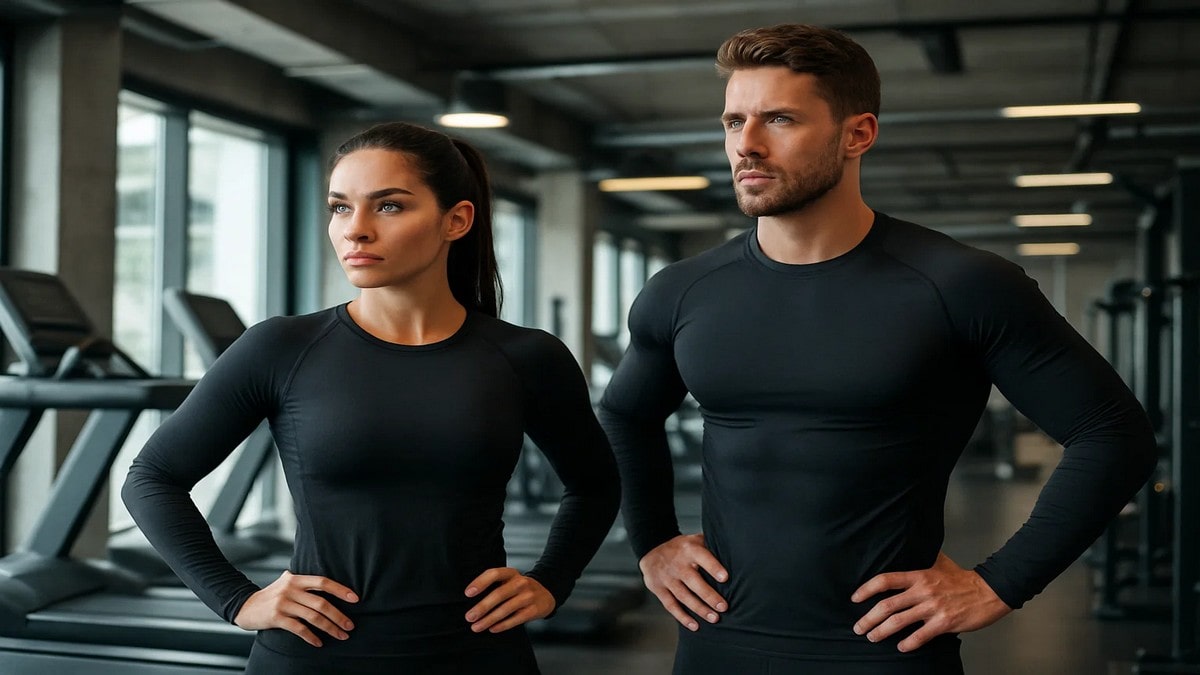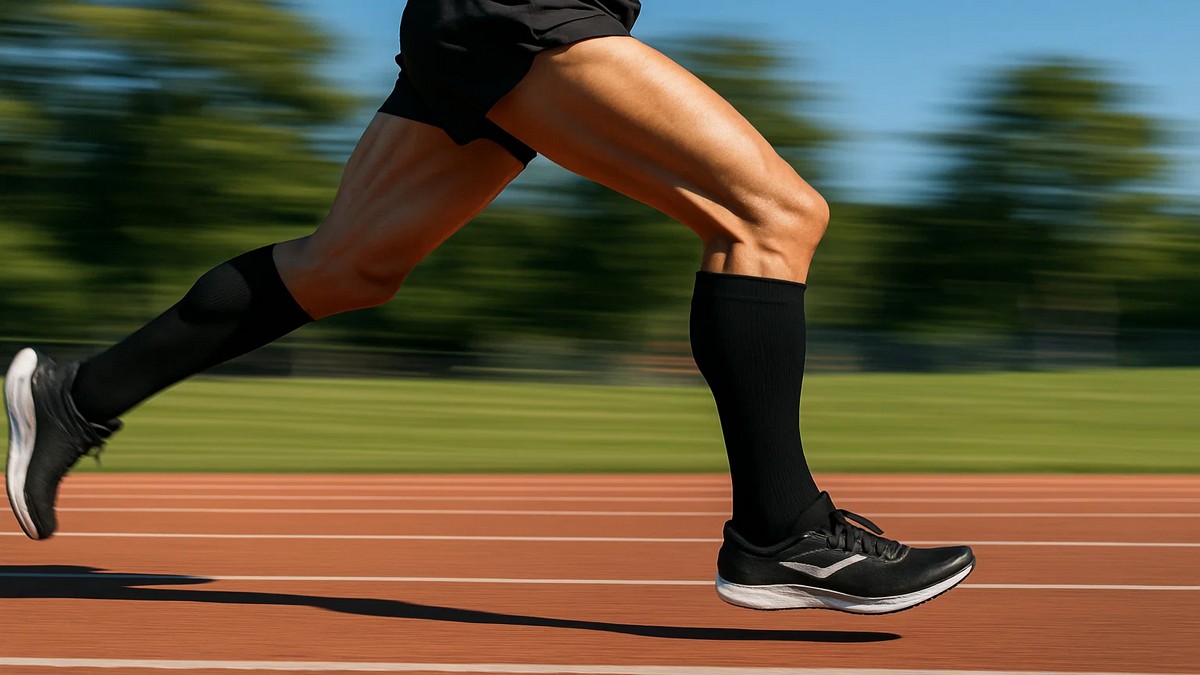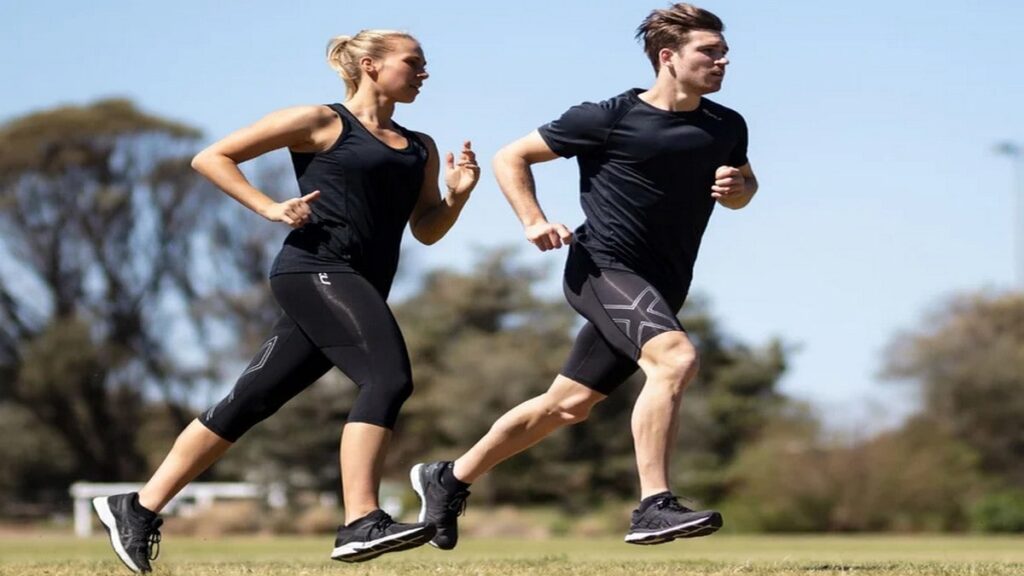In recent years, Compression Garments During Workouts have become increasingly popular among athletes, fitness enthusiasts, and even casual gym-goers. These garments, designed to apply consistent pressure to certain areas of the body, are often marketed as tools for enhancing performance and speeding up recovery. But how effective are they really? And what are the risks involved?
This article delves deep into the potential advantages and drawbacks of using compression clothing during physical activity, supported by research findings and practical insights from real-world experiences.
What Are Compression Garments?
Compression garments are tight-fitting clothing items typically made from spandex and nylon materials. They are engineered to apply controlled pressure to muscles and joints, usually targeting the legs, arms, or torso. Originally developed for medical use—to treat circulatory issues like lymphedema or post-surgical swelling—they’ve found a new audience in the world of sports and fitness.
Whether it’s compression socks, sleeves, tights, or tops, these garments promise to improve blood circulation, reduce muscle fatigue, and assist in faster recovery.
How Compression Works on the Body
1. Improved Circulation
One of the primary purposes of compression garments is to improve venous return. By applying gentle pressure to the skin and muscles, they assist the body in pushing deoxygenated blood back to the heart. This enhanced circulation can reduce swelling, increase oxygen delivery to muscles, and remove metabolic waste more efficiently.
2. Reduced Muscle Oscillation
When you run, jump, or lift weights, your muscles experience a degree of vibration or oscillation. Over time, this can lead to fatigue and even microtears. Compression garments reduce this movement, potentially lowering the risk of injury and enhancing muscle efficiency.
3. Temperature Regulation and Support
Compression garments can help retain body heat, keeping muscles warm and pliable. This might contribute to better flexibility and reduced injury risk during colder environments or warm-ups.

Key Benefits of Compression Garments During Workouts
1. Decreased Muscle Soreness
Many users report reduced delayed-onset muscle soreness (DOMS) when wearing compression garments during or after intense training. The support and circulation boost seem to limit inflammation and swelling that typically occur post-exercise.
2. Faster Recovery
Wearing compression gear during the recovery phase can help muscles heal faster. Reduced swelling and better oxygenation assist the body in repairing damaged tissues. This is especially useful in high-frequency training schedules.
3. Enhanced Proprioception
Compression garments improve body awareness or proprioception. Athletes often feel more balanced and stable when wearing these garments, which may help in dynamic sports that require rapid direction changes or technical movement patterns.
4. Psychological Confidence
Some of the performance enhancement may stem from perceived benefits. Athletes often report feeling stronger, more supported, or less fatigued when wearing compression gear—even if objective measures don’t always show a measurable improvement.
Scientific View on Performance Enhancement
It’s essential to understand that while the benefits of Compression Garments During Workouts for recovery are well-documented, their role in improving immediate performance is less clear. Numerous studies show that such garments have minimal to no direct impact on performance metrics like speed, strength, or endurance during the actual workout.
For example, wearing compression tights during a sprint may not necessarily make you faster. However, the reduced fatigue and soreness may allow you to train more consistently over time, indirectly enhancing overall performance.
When to Use Compression Garments
If you’re considering adding compression garments to your training routine, timing is key. Here’s how:
-
During workouts: Use for activities that involve a lot of impact, such as running or jumping, to reduce muscle oscillation and enhance stability.
-
Post-exercise: Arguably the best time. Wearing compression garments after training helps reduce muscle soreness and promote quicker recovery.
-
During travel or long sitting periods: Useful in preventing swelling, especially for athletes who compete abroad and must fly often.
-
In rehabilitation settings: Can be beneficial when recovering from injuries to reduce inflammation and support healing.
Compression Garments vs Other Fitness Clothing
People often confuse compression garments with shapewear or tight gym clothes. While they may look similar, their functions differ significantly.
Compression garments are engineered with medical-grade elasticity and pressure ratings designed to influence blood flow and muscle function. In contrast, shapewear focuses on body contouring and appearance. There are articles and reviews comparing compression garments vs. shapewear, but understanding the distinct roles each plays can help make informed decisions.
Risks and Drawbacks
While compression garments are generally safe for most people, there are some considerations to keep in mind.
1. Skin Irritation or Discomfort
Tight garments may cause skin chafing, itching, or even rashes, especially when worn for extended periods. It’s important to choose the right size and material for your body type and skin sensitivity.
2. Circulatory Complications
Although compression improves circulation in healthy individuals, people with certain medical conditions like peripheral artery disease or diabetes should use them with caution. Improper fit or excessive pressure can actually hinder blood flow.
3. False Sense of Performance
Relying solely on compression garments for performance gains can distract from foundational elements like training quality, sleep, hydration, and nutrition. The garments are tools—not substitutes for a proper fitness plan.
4. Heat and Sweat Retention
In hot climates or intense workouts, compression gear can trap heat and sweat. This can lead to overheating or discomfort, especially during cardio sessions or summer training.
Post-Surgery and Medical Recovery
Although our focus is fitness, it’s worth noting how compression wear is used medically. For instance, some individuals consider Compression Garments After Fat removal surgeries (like liposuction), to minimize swelling and help with healing.
Similarly, those who have undergone bariatric surgery might seek Daily Shapewear After Gastric Bypass for body support and comfort during weight loss. These garments, while not designed for athletic performance, share similar structural benefits such as muscle support and contouring.

Another medical intersection involves Compression garments and varicose veins, where long-term use supports blood flow and prevents swelling. These medical applications demonstrate how compression technology transcends sports, offering broader health benefits.
Practical Tips for Choosing Compression Garments
-
Fit Matters
Choose garments that are snug but not painfully tight. If circulation is cut off or you feel tingling or numbness, it’s too tight. -
Material Quality
Opt for breathable, sweat-wicking materials that can handle extended wear and multiple washes. -
Compression Rating
Garments with 15–30 mmHg compression are usually sufficient for athletes. Medical-grade options above 30 mmHg should only be used under supervision. -
Type of Activity
Use leg sleeves or socks for running, tights for weight training, and upper-body gear for sports involving the arms or shoulders. -
Maintenance
Wash regularly using gentle detergent and avoid fabric softeners that can degrade elastic fibers. Air drying is preferable to preserve longevity.
Summary of Key Points
Here are the main takeaways on the benefits and risks of Compression Garments During Workouts:
Benefits:
-
Enhances circulation and muscle oxygenation.
-
Reduces muscle soreness and inflammation post-exercise.
-
Improves proprioception and joint support.
-
Offers psychological boost and postural support.
-
May support recovery in injury or surgery contexts.
Risks:
-
Can cause discomfort or skin issues.
-
Potential for misuse in individuals with medical conditions.
-
May lead to overheating during intense training.
-
Not a replacement for training fundamentals.
Final Thoughts
Compression Garments During Workouts are not miracle solutions, but they can be valuable tools when used properly. Their benefits are most notable in recovery, support, and injury prevention. While they may not transform your sprint times or lift numbers overnight, they can contribute to overall training consistency and comfort.
Just like with any training accessory, compression gear should complement a comprehensive fitness program, not replace it. Understanding your body, training needs, and how compression garments fit into that picture is key to unlocking their potential.







